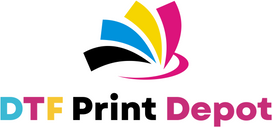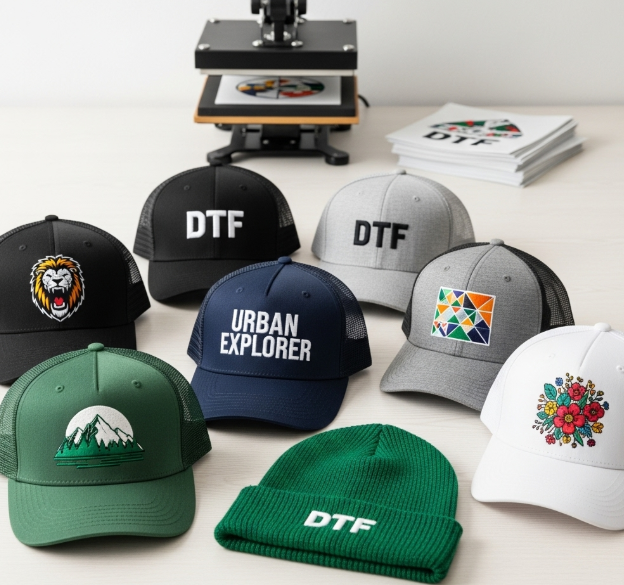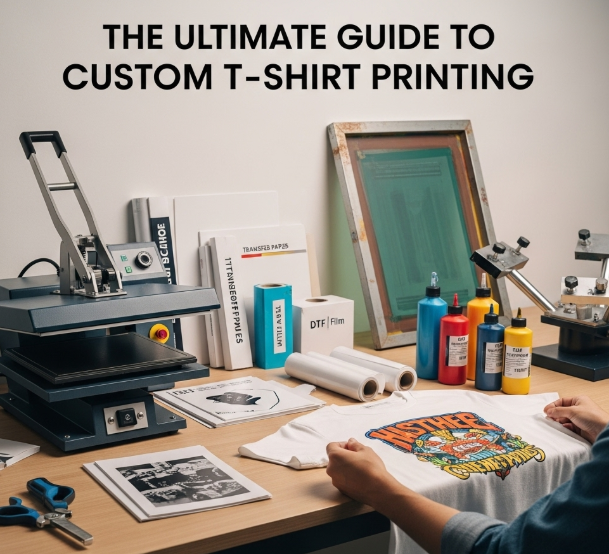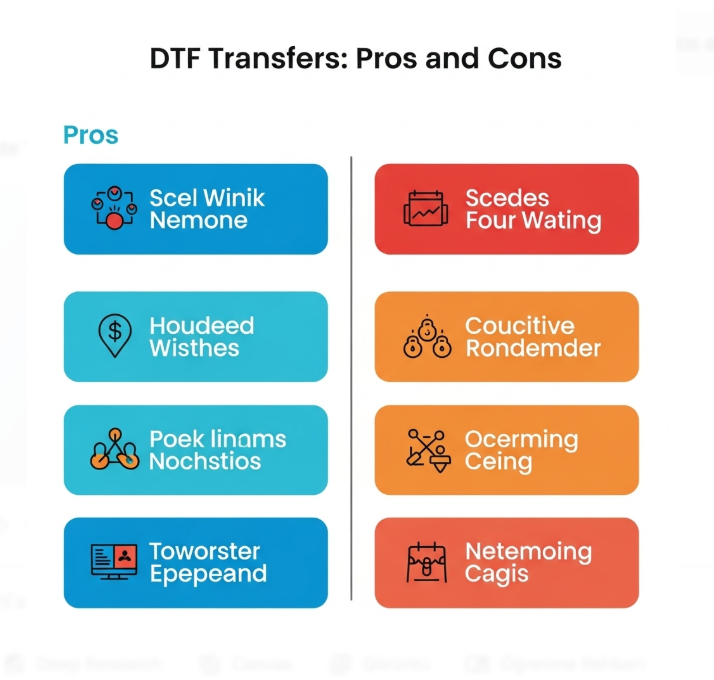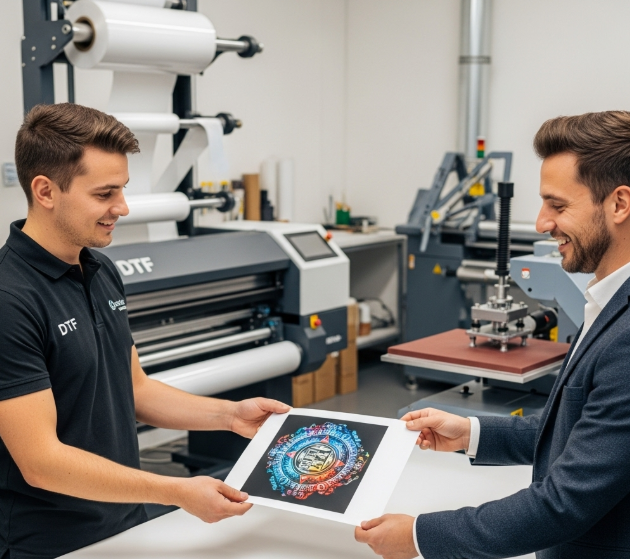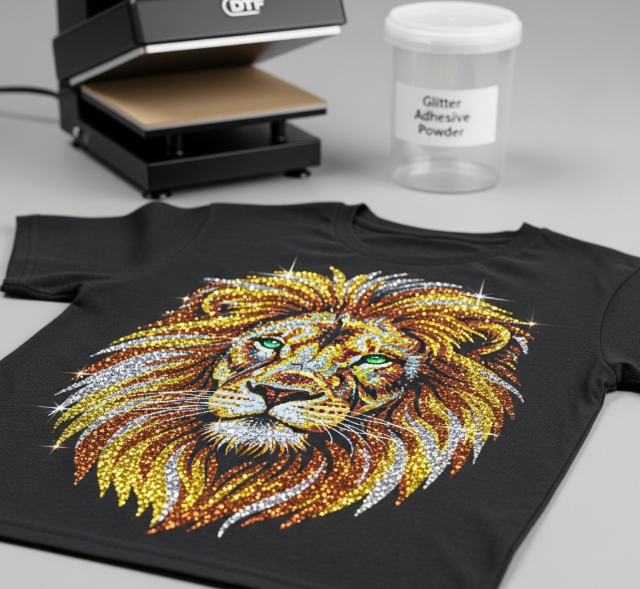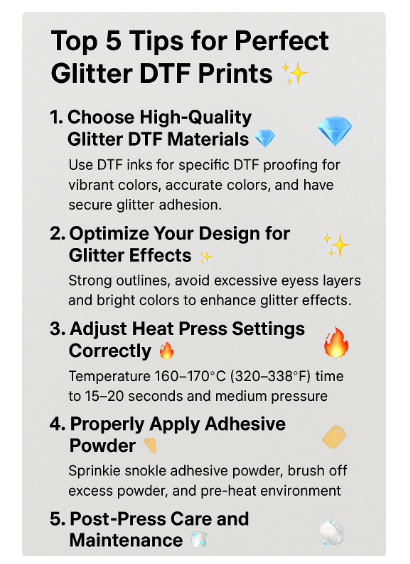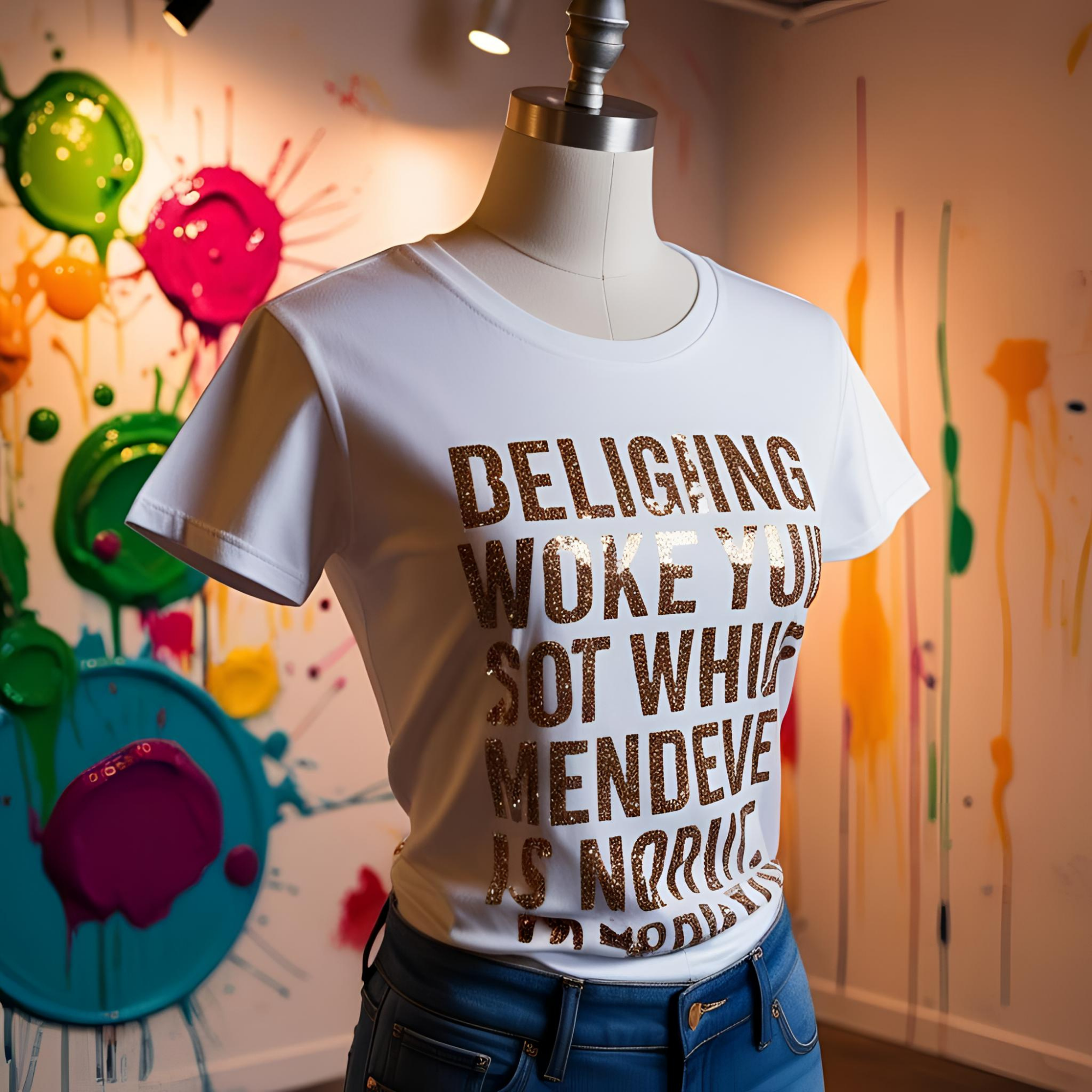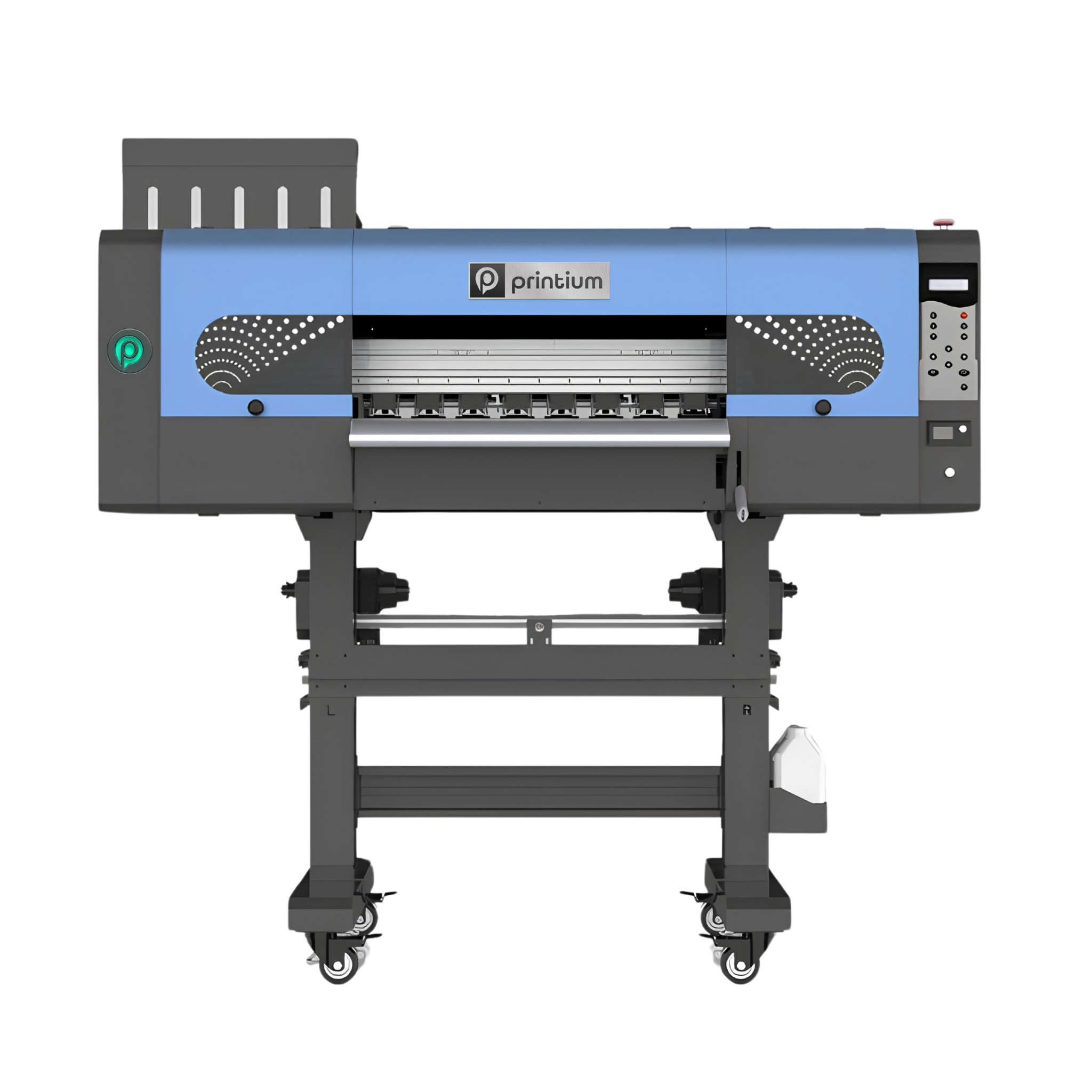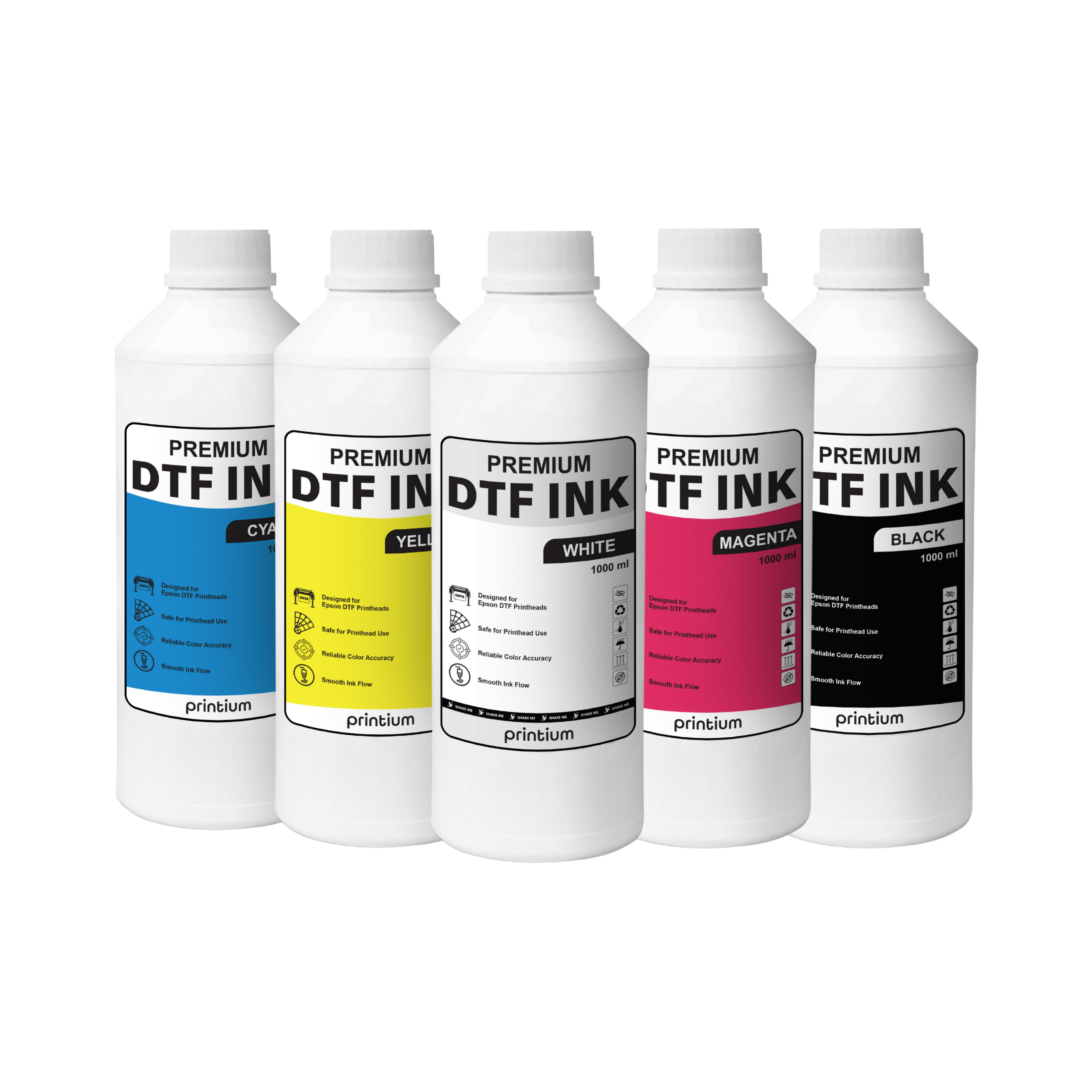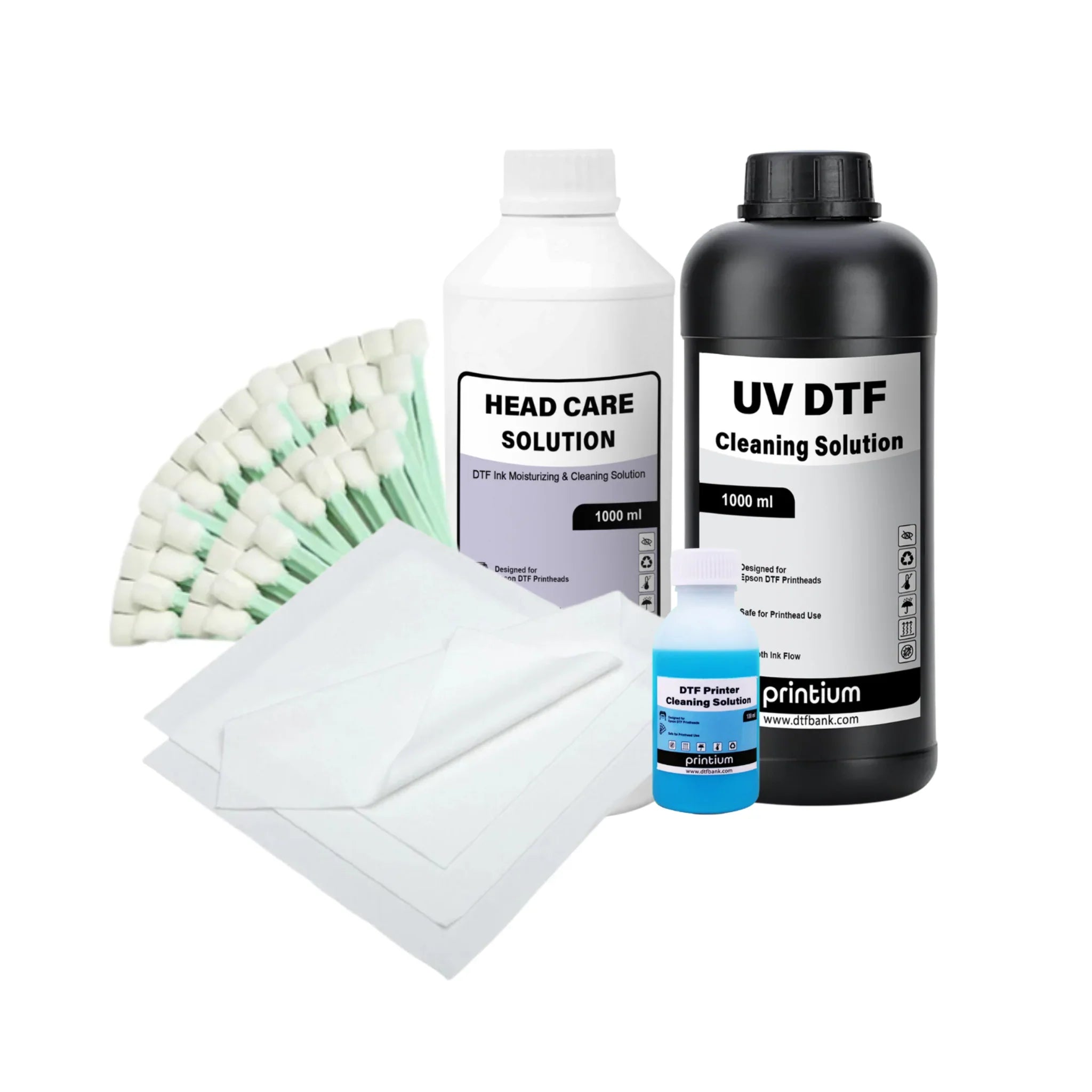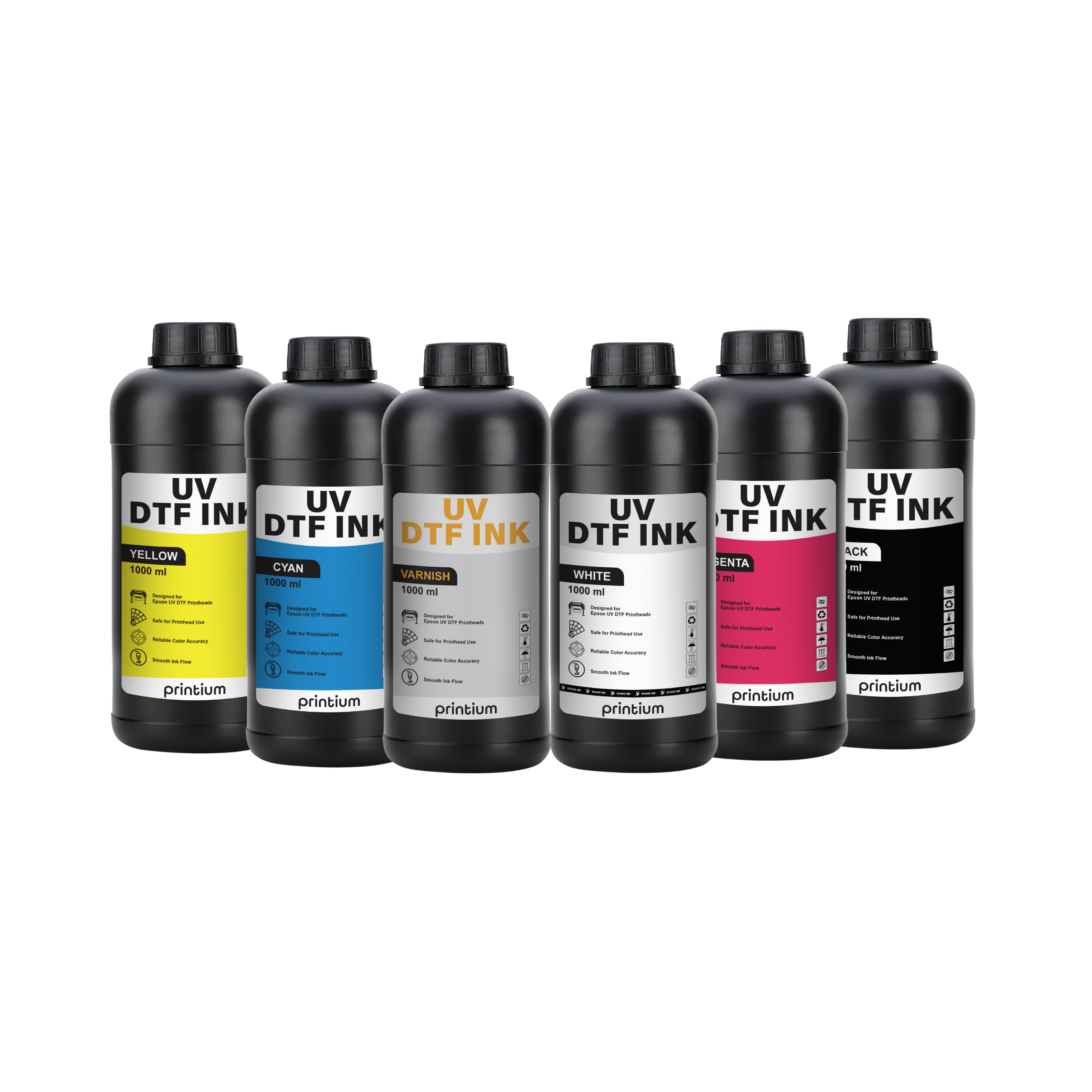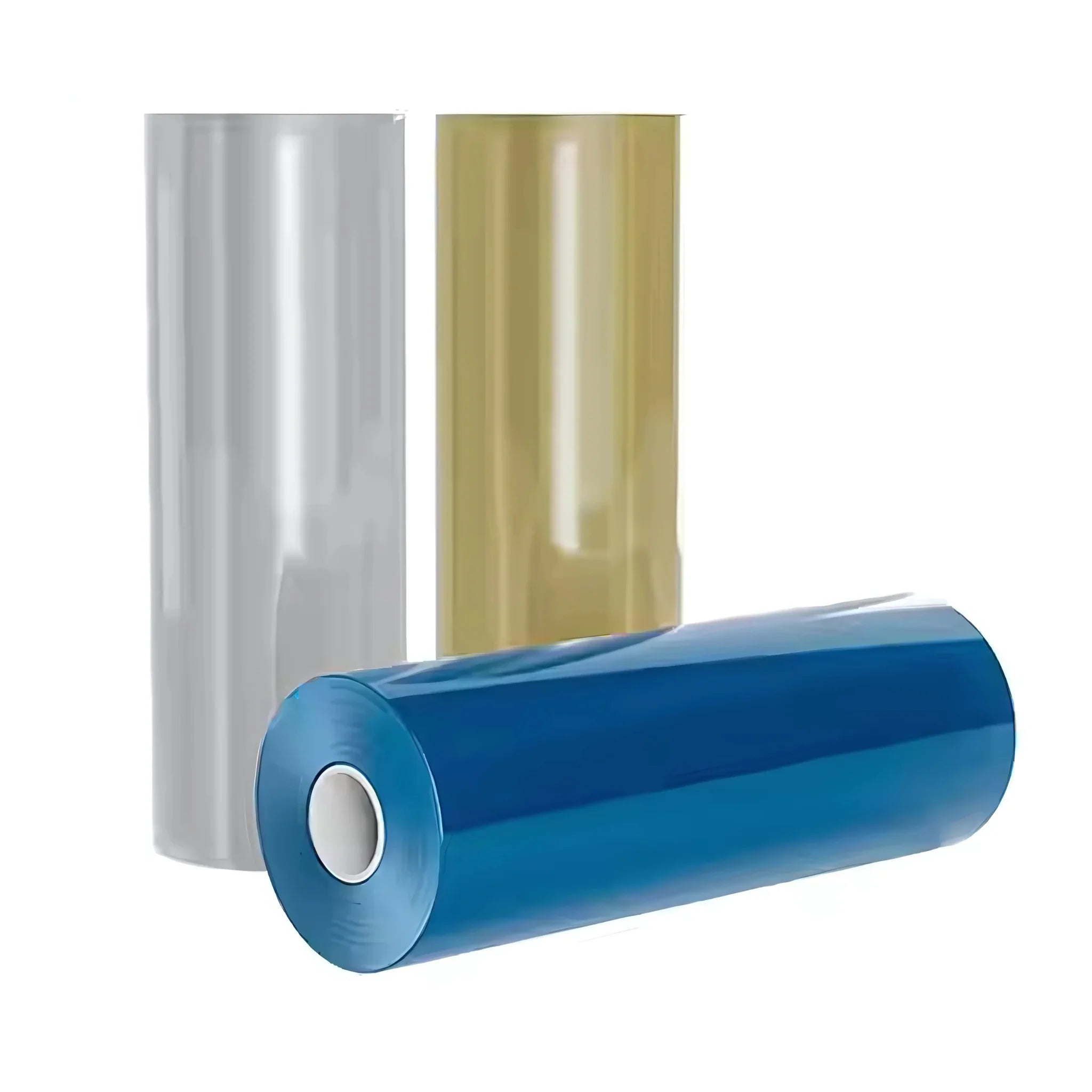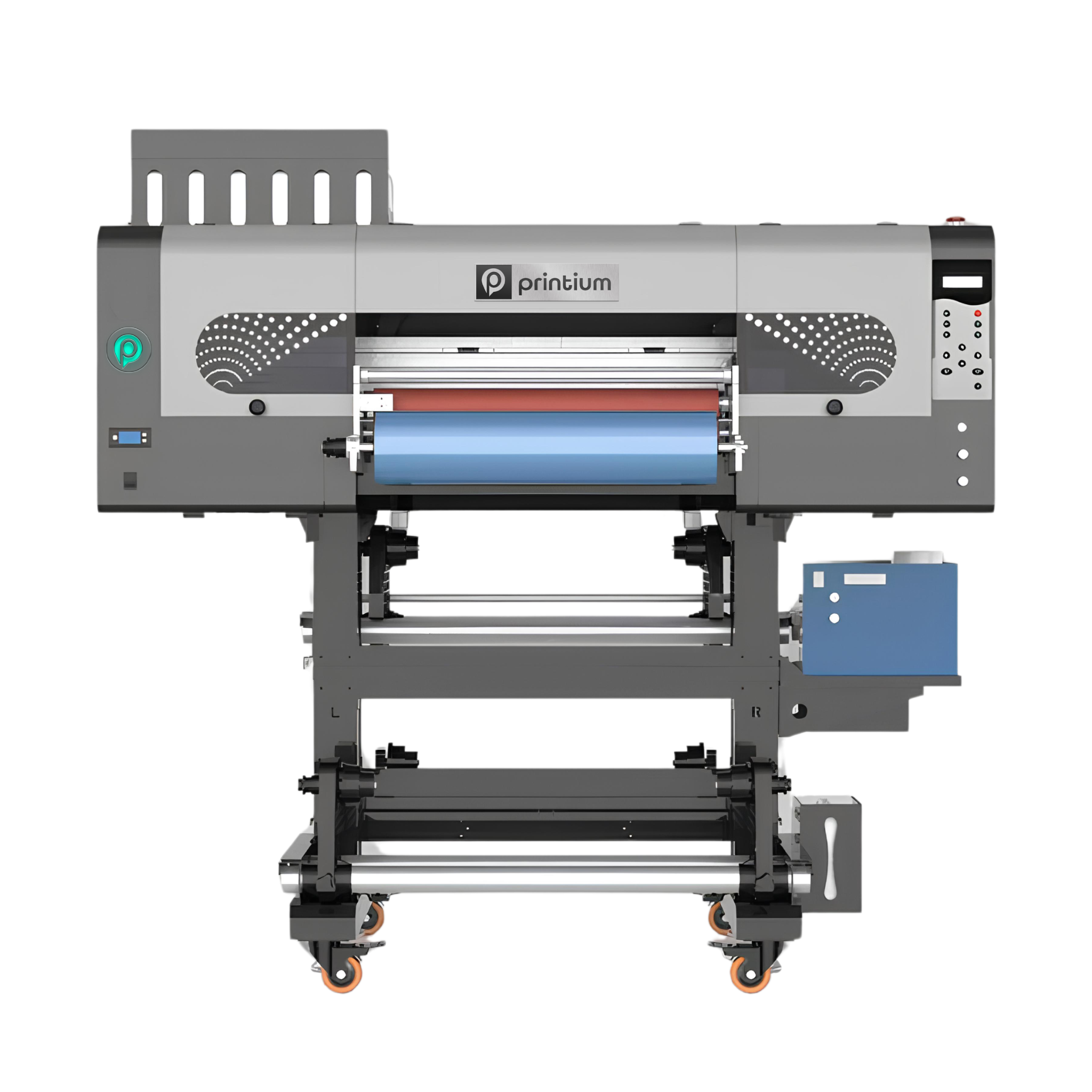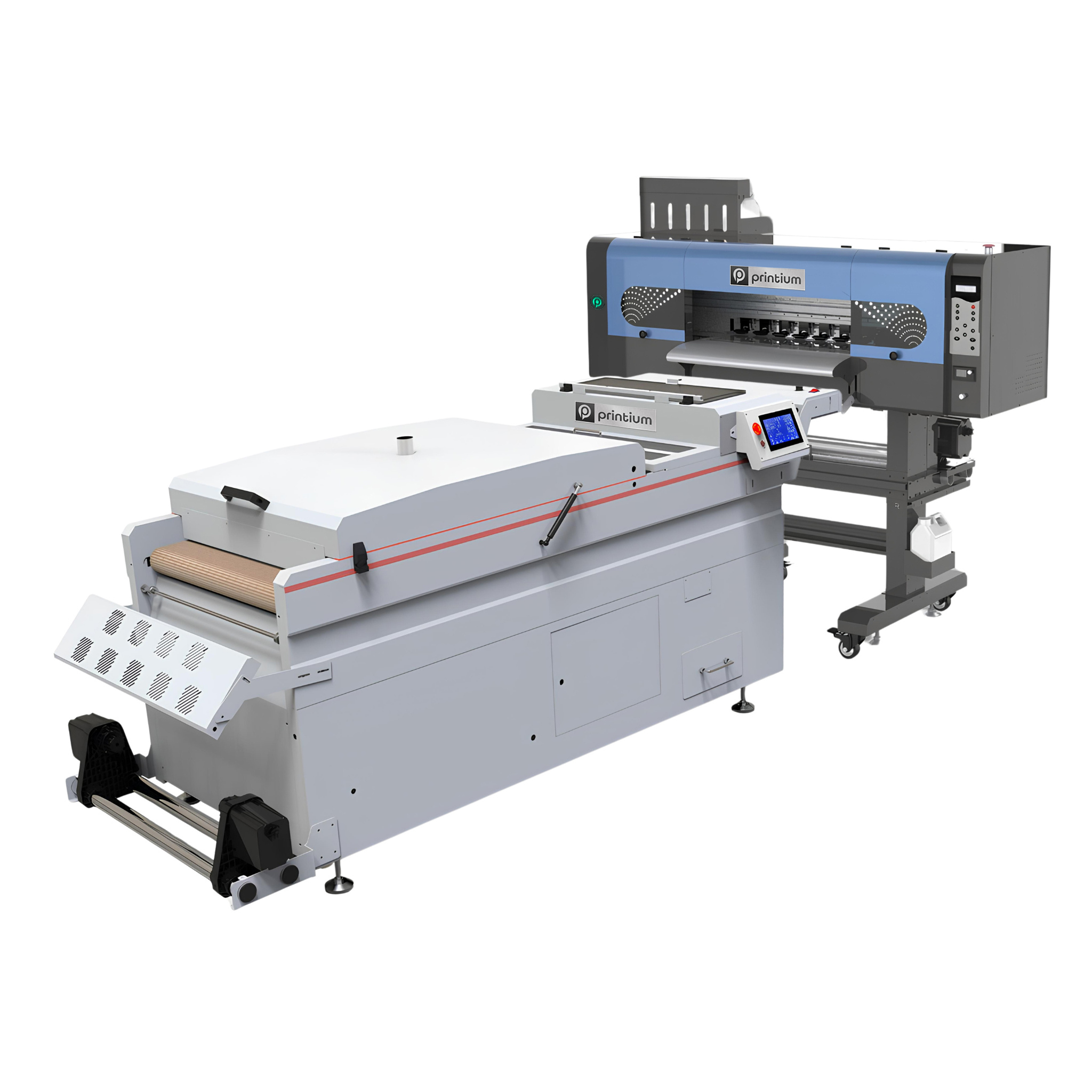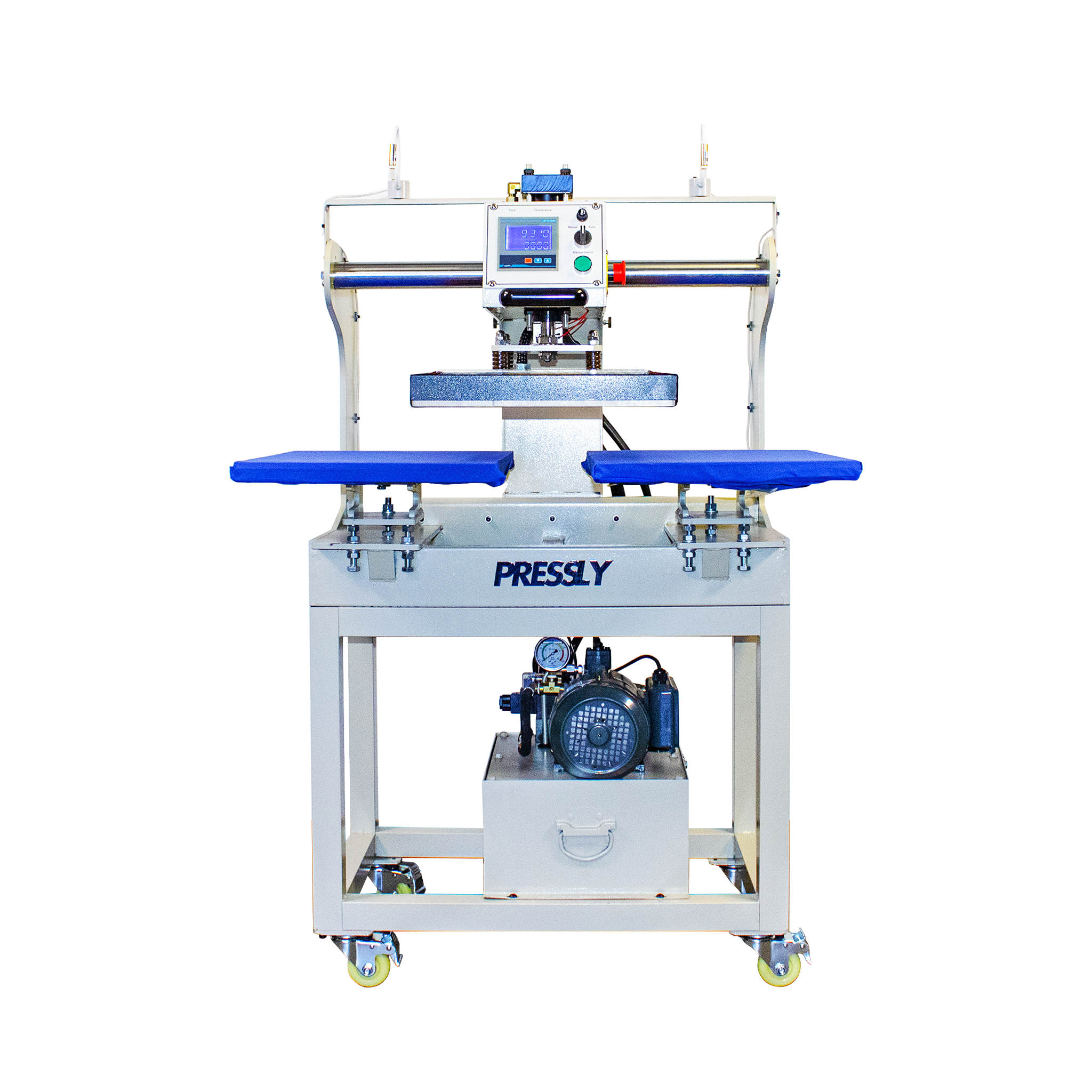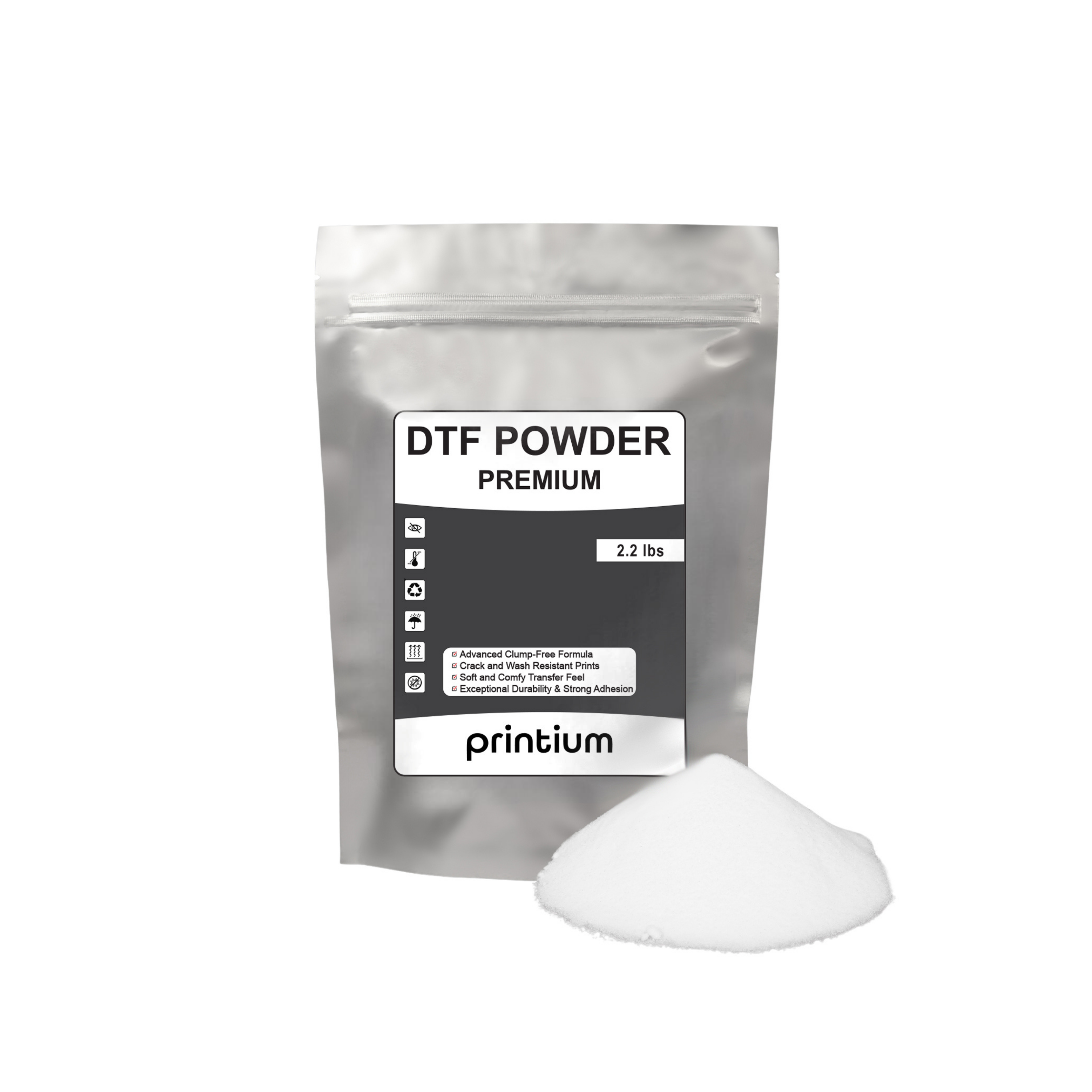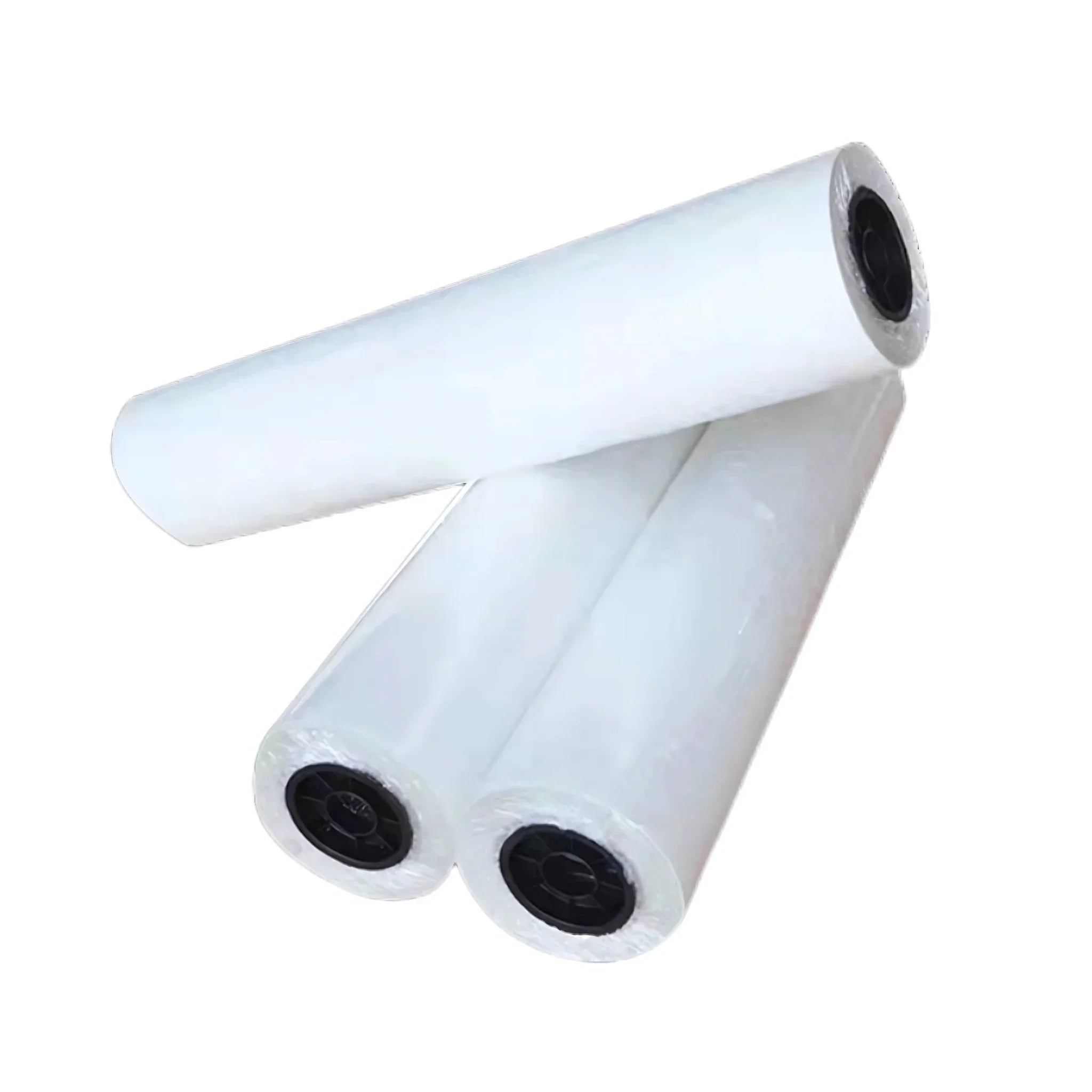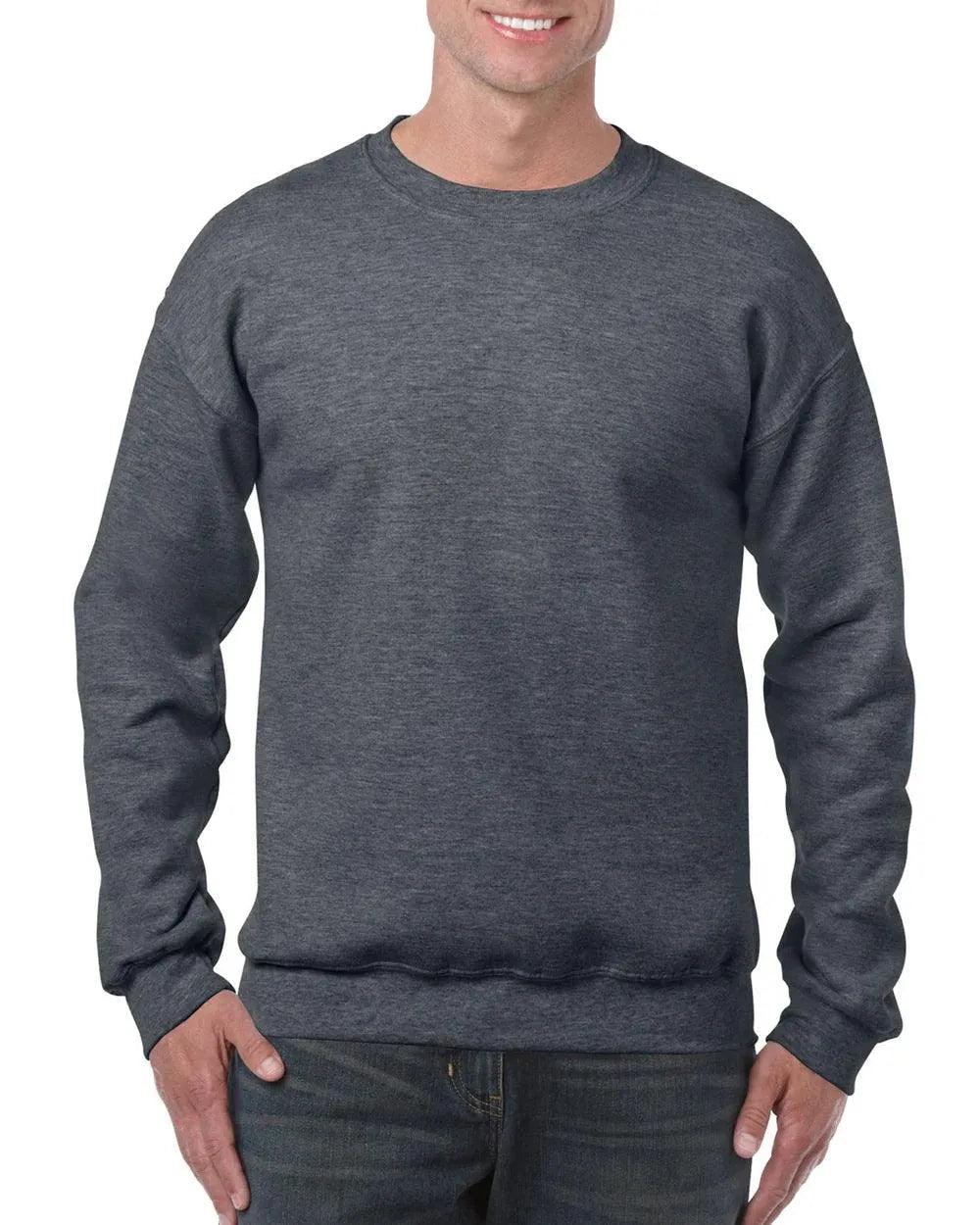
How to Choose the Right DTF Film for Your Prints
Direct to Film (DTF) printing has quickly become a favorite method for producing vibrant, durable designs on a variety of fabrics. One of the most crucial components of the DTF process, however, is choosing the right DTF film. The quality of this film directly affects the final print’s appearance, adhesion, and longevity. This guide will walk you through everything you need to know to select the perfect DTF film for your printing projects.
What Is DTF Films and Why Is It Important?
DTF films refers to a special type of polyester-based transfer film that holds the printed image before heat pressing it onto fabric. To ensure a flawless transfer, the film must offer excellent print receptivity, strong adhesive compatibility, and heat resistance.
Selecting the right film is essential because it impacts:
-
Ink adhesion
-
Color vibrancy
-
Transfer durability
-
Flexibility after application
Using a low-quality film can cause prints to crack, peel, or fade quickly. Therefore, investing in premium DTF film guarantees consistent, professional results.
Types of DTF Films Available
Several types of DTF films exist, each with unique characteristics:
1. Matte vs. Glossy Finish
Matte films provide a smooth, non-reflective surface ideal for soft prints with a subtle look. They reduce glare and suit designs requiring a natural finish.
In contrast, glossy films produce vibrant, shiny prints that really stand out. They enhance colors but can sometimes feel slicker on garments.
2. Standard vs. High-Temperature Resistant
Standard films work well for most everyday printing with heat press temperatures around 150-160°C.
High-temperature resistant films, however, are designed to handle higher curing temperatures and provide better adhesion on tougher fabrics like nylon or polyester blends.
3. Cold Peel vs. Hot Peel Films
Cold peel films are removed after the garment cools down, often resulting in smoother finishes.
Hot peel films allow removal immediately after pressing, speeding up production but requiring careful handling to avoid print damage.
Factors to Consider When Choosing DTF Film
Your specific printing needs should guide film choice. Important considerations include:
1. Compatibility with Your Printer and Ink
Not every DTF film pairs well with every printer or ink brand. It’s wise to select films tested or recommended by your printer or ink supplier to avoid issues with adhesion or print quality.
2. Fabric Type
Consider the materials you’ll be printing on. Standard films generally work well with cotton and cotton blends. On the other hand, synthetic fabrics like polyester and nylon often need high-temperature resistant films to ensure better bonding.
Also, certain films are specially designed for stretchy fabrics to maintain flexibility and avoid cracking.
3. Adhesive Powder Compatibility
The chosen film must be compatible with the hot melt adhesive powder you plan to use. Some films perform better with fine-grade powders, which directly affect the print’s durability and feel.
4. Print Quality and Clarity
Films of higher quality provide sharper images with vibrant colors. Reviewing sample prints or customer feedback can help evaluate performance.
5. Film Thickness and Durability
Thicker films tend to be easier to handle and less prone to curling or wrinkling. However, they might add stiffness to the final print. Balancing durability with flexibility is important based on the garment type.
How to Test DTF Films Before Buying in Bulk
Testing several film types before buying in bulk helps find the best match for your setup. Follow these steps:
-
Print the same design on different films using your usual inks and printer settings.
-
Apply adhesive powder evenly and cure as per your normal process.
-
Heat-press the transfers onto your target fabrics.
-
Assess adhesion strength, color vibrancy, flexibility, and peel quality.
This process helps avoid costly mistakes and guarantees your customers receive high-quality prints.
Tips for Storing and Handling Direct to Film
Proper storage and handling help maintain your DTF film’s quality:
-
Store films in a cool, dry place away from direct sunlight to prevent warping or moisture damage.
-
Keep films flat or carefully rolled to avoid creases.
-
Avoid touching the printable surface with bare hands to prevent oils or dirt from affecting print quality.
-
Use anti-static measures when possible, since static can attract dust.
Where to Buy High-Quality Direct to Film?
Finding a reliable supplier is key to consistent printing success. Trustworthy suppliers provide films tested for compatibility with leading printers and inks.
Conclusion: Choose Your Direct to Film Wisely for Best Prints
Choosing the right Direct to Film is fundamental for producing vibrant, long-lasting prints. Careful consideration of your printer, ink, fabric type, and production needs will pay off. Also, testing samples before bulk purchase is highly recommended.
By investing in high-quality Direct to Film, you ensure strong adhesion, vivid colors, and satisfied customers. Whether running a small shop or scaling up production, selecting the best film helps your business thrive with every print.
Check Out Our Other Products
More information
